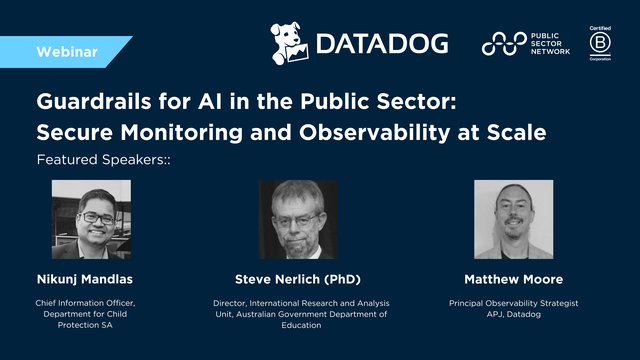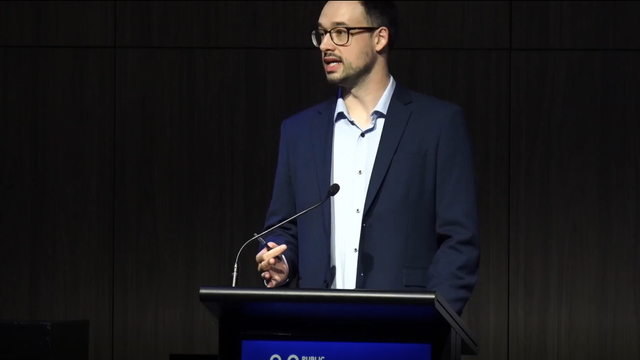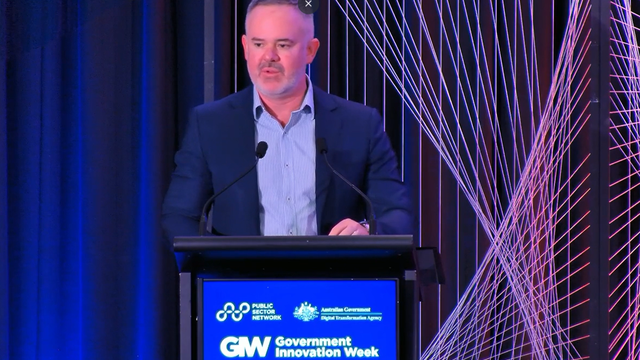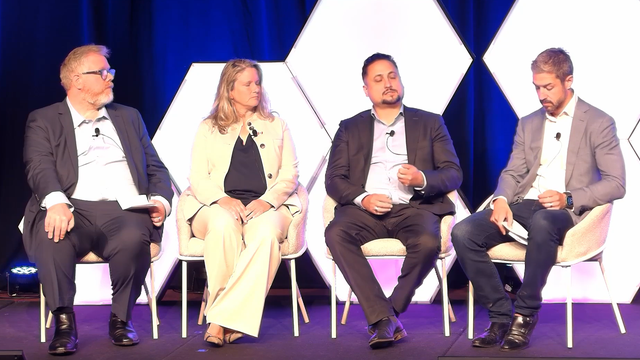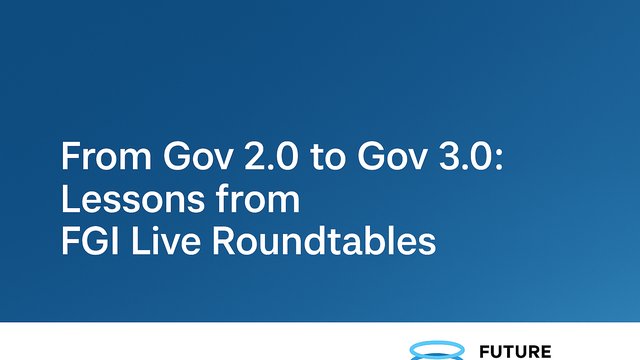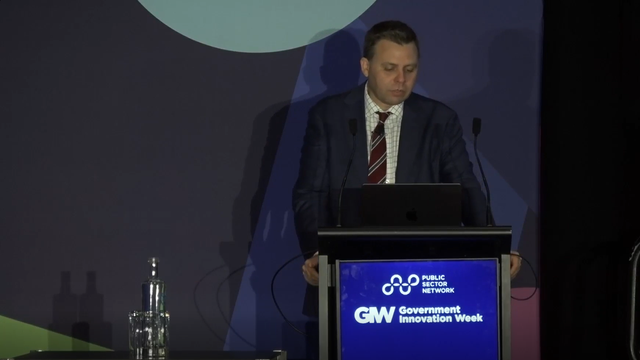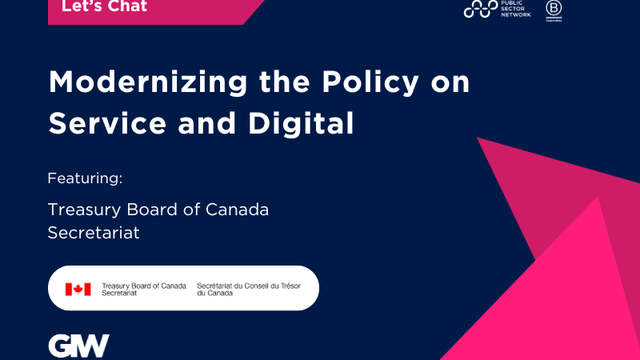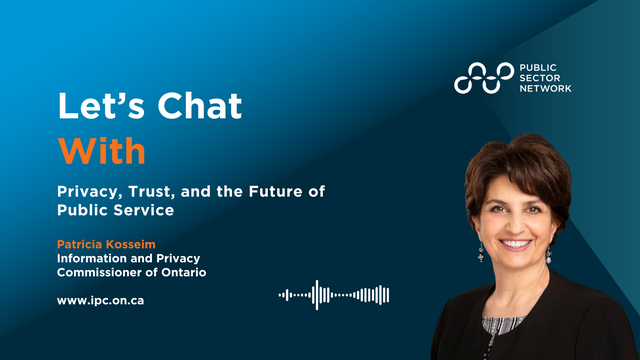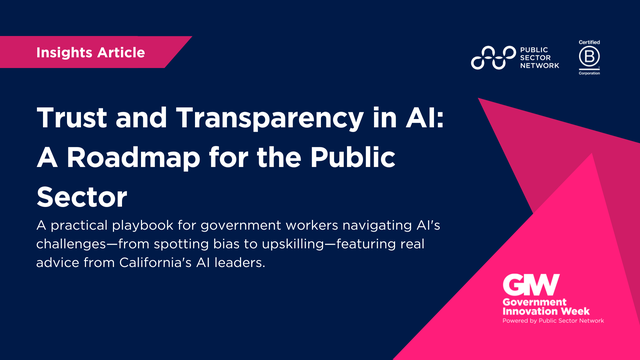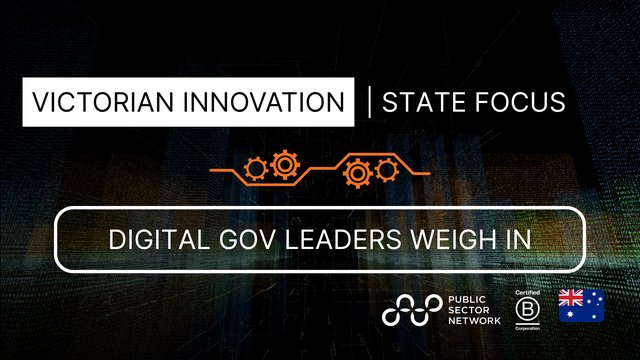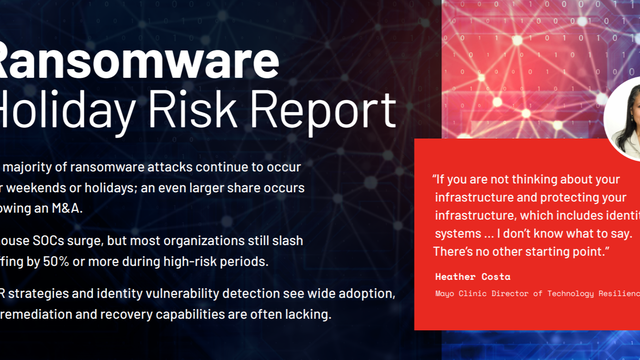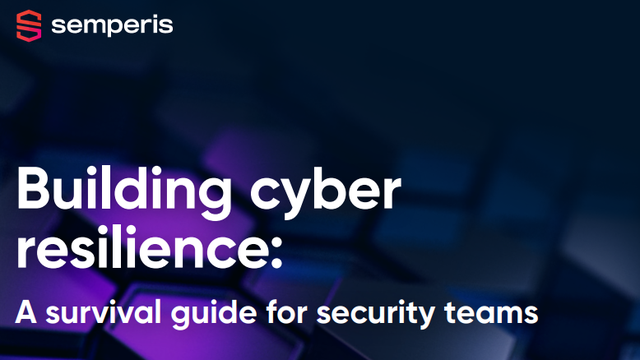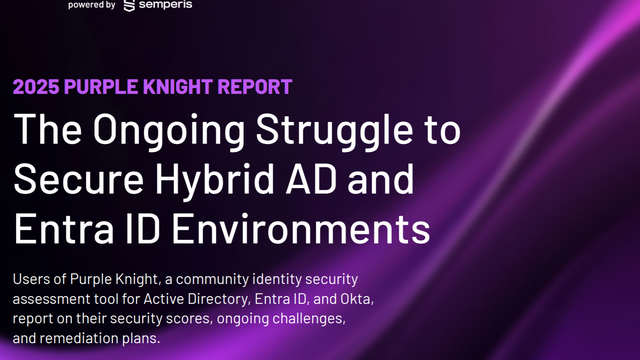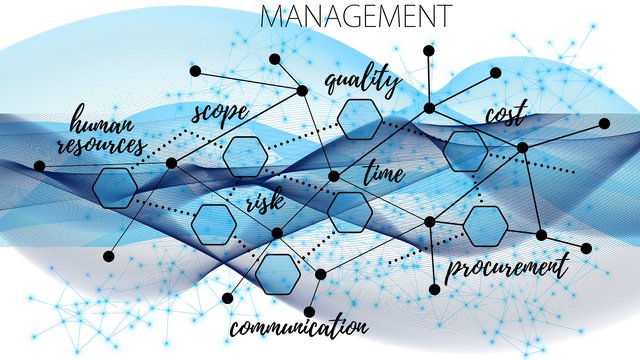
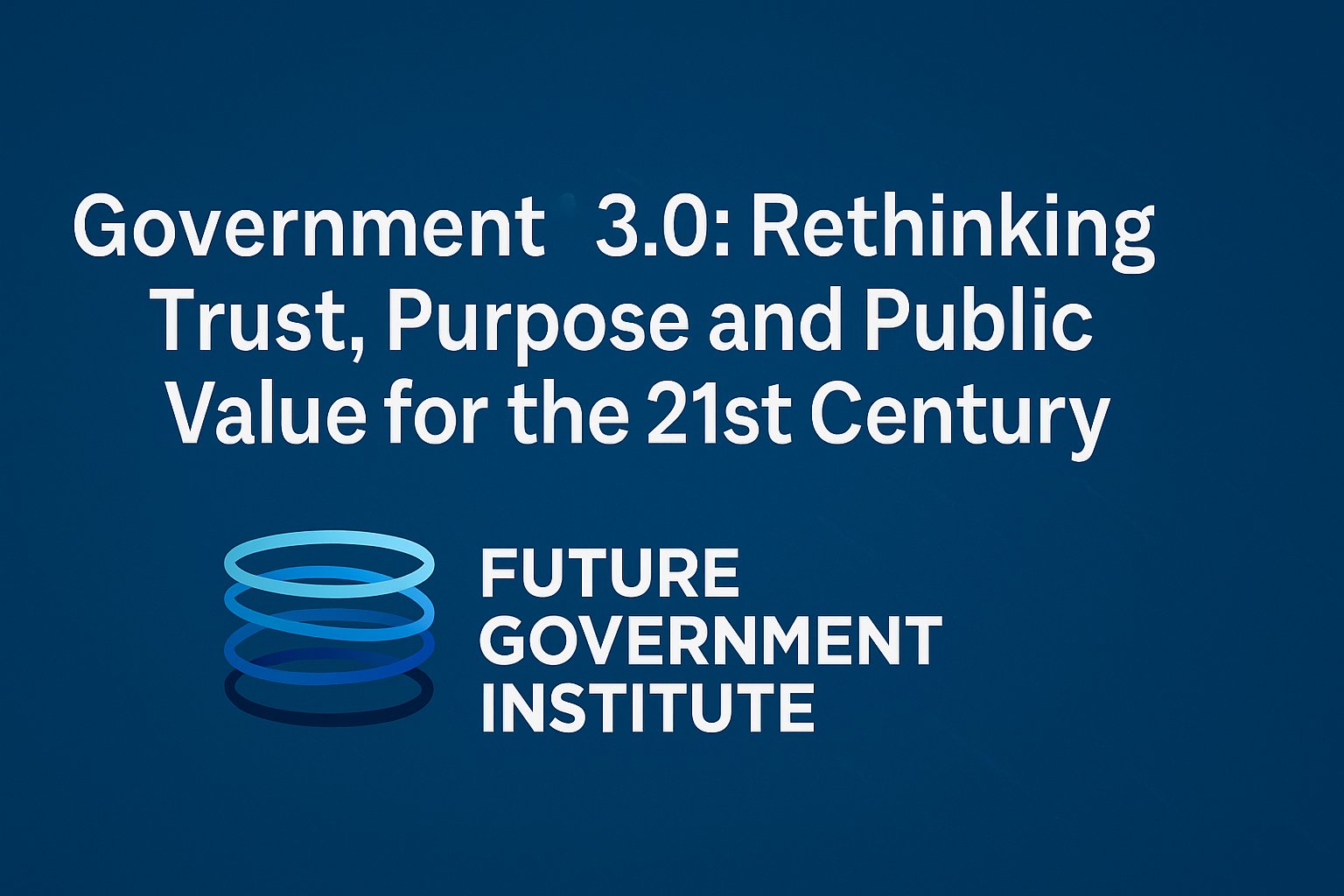
I’ve sat at the Cabinet table. I’ve seen how good intentions get lost in legacy systems and patchwork fixes. Government 3.0 isn’t a digital facelift or marginal policy tweak. It’s a reset—a new compass for those of us determined to serve the public better in an age of complexity.
It’s not about faster transactions or slicker apps. It’s about deep structural change—how we solve problems, deliver public value, and rebuild trust with the communities we serve.
For decades, government operated like a house with leaking pipes – patching room by room instead of rethinking the whole system. And while that’s understandable – the pressure to respond fast is real – it’s also a trap. Treating symptoms without ever addressing what’s upstream keeps us spinning.
Government 2.0 rewarded action over impact. It’s time to flip that script.
It’s become clear: if we don’t take the time to understand the context and root conditions behind issues, we’ll just be bailing water forever.
Government 3.0 is about stepping back and redesigning the engine – not just swapping out a few parts. It invites us to stop bailing water and rebuild the plumbing. It puts people at the centre and invites leaders across sectors to reimagine what good governance really looks like in a fast-changing world.
This piece is both blueprint and invitation – for public servants, industry partners, policymakers, and changemakers ready to shift gears and co-create a model of governance that’s built for today and ready for tomorrow.
From Transactions to Transformation: Tackling Root Causes, Not Symptoms
In the older model – call it Government 2.0 – most services felt like a never-ending queue of one-off tasks. Something broke? Fix it. Move on.
But while that brought a sense of action, it rarely touched the deeper patterns shaping the problem in the first place. It treated the what, but not the why.
Government 3.0 takes a different approach. It:
- Steps back to see the full picture
- Looks for the system behind the symptom
- Shifts how public services are structured and delivered
Whether it’s health, housing, education, or climate, the logic is the same: you can’t treat complex, interwoven challenges with surface-level fixes.
This means:
- Working across silos
- Connecting dots between agencies
- Designing policy from a systems lens
When every initiative becomes part of a broader mission, we:
- Respond better
- Prevent better
- Stop being passive responders and start acting like architects of change
FGIx Snapshot: G2 vs G3

People and Culture Over Technology: Changing the Golf Swing, Not the Ball
Here’s the thing no one wants to admit: most digital transformation fails not because the tech is bad, but because the people and culture weren’t ready.
We get dazzled by new tools, slick platforms, the AI buzz. But if we don’t change the way we think and work, none of it matters.
Tech is the golf ball. But it won’t fix your swing.
Government 3.0 focuses on:
- Retraining public servants
- Building cultures of learning and experimentation
- Rewarding collaboration
Ask yourself:
- What good is a digital driver’s licence if no one knows how to design for trust?
- What good is a voucher system if procurement blocks innovation?
Cultural upgrades are key:
- Break silos
- Support risk-taking
- Give people space to try, learn, improve
When that happens, the tech becomes an enabler – not a crutch.
Cultivating an Innovation Ecosystem: Safe Spaces and Long Horizons
Real transformation doesn’t happen in environments that punish risk.
If every failed pilot becomes a political liability, no one experiments. And if “it didn’t work” means “shut it down,” only the safest (and least useful) ideas survive.
Government 3.0 leaders:
- Build safe zones for experimentation
- Protect early-stage work from premature scrutiny
- Treat failure as learning, not liability
They ask first: “What did we learn?”
This takes time.
Some challenges need long-horizon innovation:
- Canada’s Challenge Programs – 7-year, co-led missions across sectors
- NSW’s Digital Restart Fund – a foundation for agile, citizen-first delivery
This approach creates:
- Shared mission spaces
- Patience for progress
- A platform for solving problems worth solving
Orchestrating Technology with People and Policy: Beyond Plug-and-Play Solutions
You can’t drop technology into a system and expect everything to click.
AI, cloud, data tools – powerful, yes. But they don’t work in a vacuum. Real impact happens when tech aligns with:
- Strategy
- People
- Policy
Think of it like a symphony.
Success requires:
- People – Trained, confident teams with supportive leaders
- Policy – Adaptive governance that clears the runway
- Infrastructure – Clean data, interoperability, cloud readiness
Ignore one, and the whole thing stalls.
AI in 3.0 isn’t replacing people – it’s augmenting them.
- Human + Machine, not Human vs. Machine
- Algorithms support pattern-spotting
- People provide judgment, ethics, and context
Some agencies are introducing:
- AI Guardians – standards for transparency, oversight, and citizen input
Citizen-Centric Design and the Trust Trinity: Simplicity, Transparency, Empathy
The best governments design from the outside-in:
- Start with the person
- Ask: What does it feel like to use this service?
In Government 3.0, trust is non-negotiable. And it’s built through three values:
- Simplicity – Clean, respectful, intuitive services
- Transparency – Clear decisions, visible data use
- Empathy – Real-world design for real-world lives
At FGI, we call this the Trust Trinity:
- Who is behind the service?
- What data is being used?
- Why should I trust this system?
Designing with the trust trinity leads to:
- Better experiences
- Better feedback
- Stronger civic relationships
People are more willing to engage, co-create, and support change when they feel seen.
A Call to Action
This is not theory. This is happening.
In NSW, Estonia, Singapore, UAE, Denmark, Canada and more – the pieces of Government 3.0 are coming together:
- Cross-agency problem-solving
- Public servants upskilling
- AI deployed with integrity
- Services redesigned around human needs
But we need more. And we need it faster.
This is a call to act. A call to lead:
- Reframe leadership around missions, not maintenance
- Invest in people, not just platforms
- Back the weird ideas
- Protect the builders
- Stop chasing shallow wins. Solve for depth
Keep the citizen front and centre.
Everything – every system, service, innovation – exists to make public life better. When we lose sight of that, we lose the plot.
Government 3.0 is our shot at building a public sector worthy of this moment.
In Government 3.0, trust must be earned at every interaction.
At the Future Government Institute (FGI), we do this through two core frameworks:
The Trust Quad – Four questions every interaction must answer:
- Who is involved? (Identity)
- What are they authorised to do? (Verifiable credentials)
- Where is the interaction taking place—physically and jurisdictionally? (Place)
- Why is the system trustworthy? (Enter: SPRITE)
SPRITE – FGI’s six pillars of trustworthy systems:
- Security
- Privacy
- Resilience
- Inclusiveness
- Transparency
- Ethics
Together, Trust Quad + SPRITE enable safer interactions, better outcomes, and stronger public confidence—across every platform, policy, and public system.
It won’t happen overnight. But it’s possible.
The tools exist. The talent exists. The urgency is here.
Now more than ever, we need to double down on improving the human experience.
Outdated Gov 2.0 thinking is not fit for the times.
Human Centred Gov 3.0 is where we need to be.
Let’s do this. Together.






